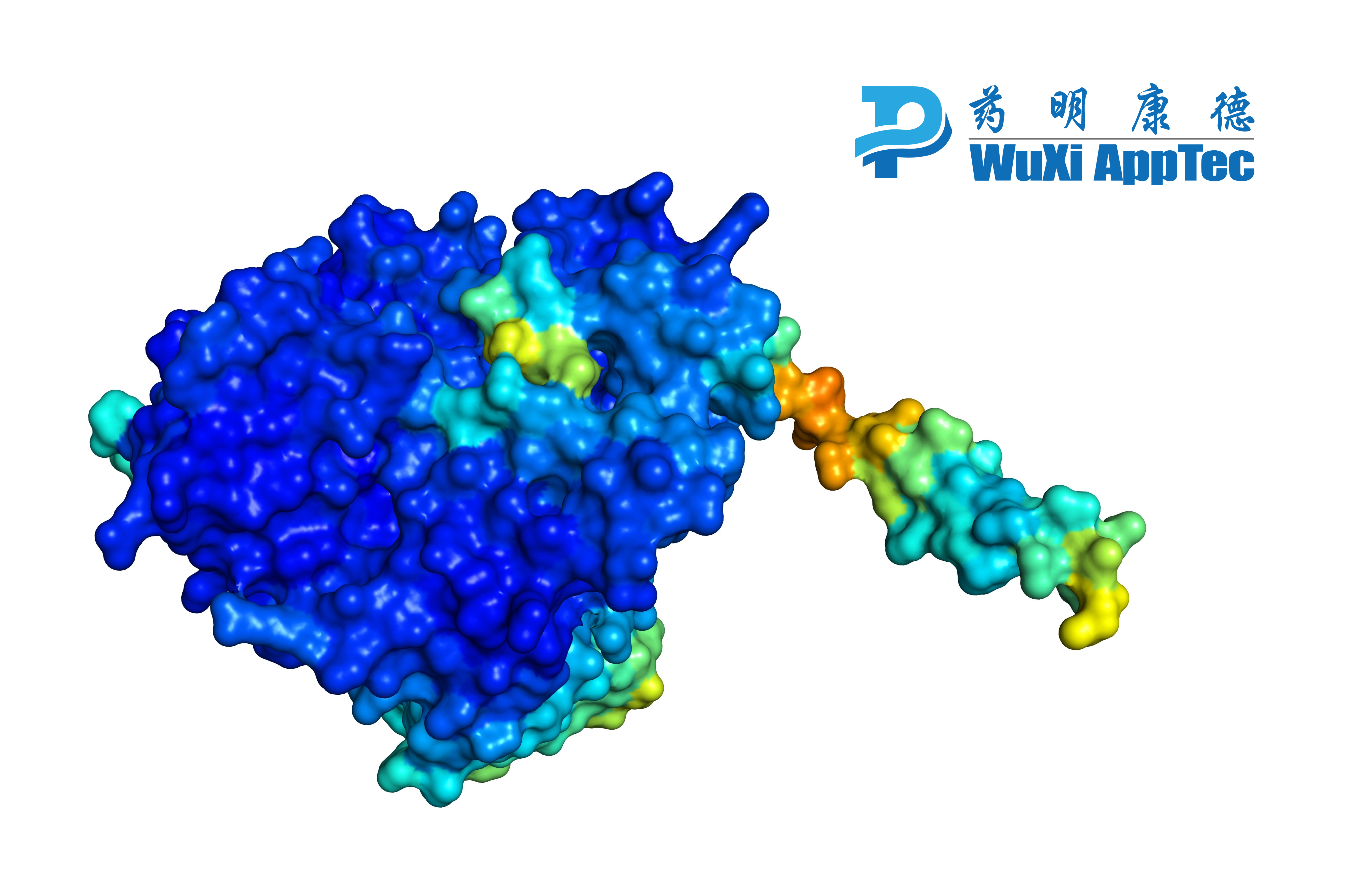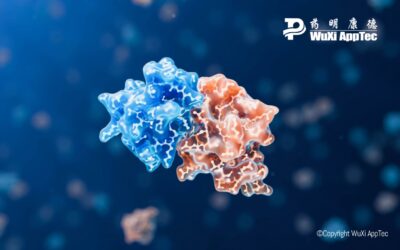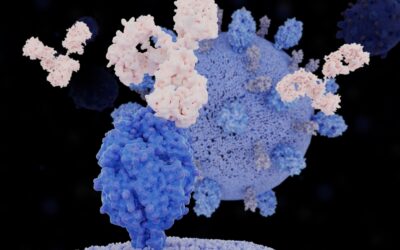Unexpected side effects can occur when two or more drugs are co-administered. These are called Drug-Drug Interactions (DDIs). Most drugs rely on enzymes to be metabolized. These interactions can alter the efficacy of a drug and potentially be harmful or less efficacious to the patient. Inhibitors are drugs that compete for the cytochrome P450 (CYP) enzymes for the main drug(s) of interest. This is another important facet in the overall drug metabolism and DDI process that we need to pay attention to.
In the study of DDI inhibition, drugs are informally categorized as either “victims” or “perpetrators”. The term “victim” refers to a drug whose efficacy is affected by changes in enzyme activity caused by other molecule(s), while the “perpetrator” refers to the drug that causes the change in enzyme activity. To assess the potential for interaction, it is also important to consider the dosages of both the victim and perpetrator drugs. If the victim drug’s dosage is insufficient, it may not produce the intended therapeutic effect. Conversely, if the perpetrator drug’s dosage is too high, it may reach toxic levels, necessitating additional toxicology testing.
Pharmacokinetic Functions of Inhibitors
CYP enzymes are a main category of proteins that are essential to the synthesis and metabolism of drugs. Inhibitors compete with drugs for the CYP enzyme(s), affecting the patient’s therapeutic response to the drug.
Inhibitors may decrease substrate clearance, creating enhanced and sometimes toxic levels of the substrate. Drugs that impede or slow down metabolism of an isoenzyme are considered inhibitors of that isoenzyme. Competitive inhibitors compete with the substrate for the same active site of the enzyme, whereas noncompetitive inhibitors bind to the enzyme at a site other than the active site.
Commonly evaluated enzymes for inhibition studies include:
- CYP1A2
- CYP2B6
- CYP2C8
- CYP2C9
- CYP2C19
- CYP2D6
- CYP3A
Investigators must evaluate a drug’s potential to inhibit these enzymes in both a reversible and time-dependent manner. Reversible inhibitors bind to enzymes through non-covalent bonds and the inhibition effect is temporary. Time-dependent inhibition (TDI) of CYP enzymes refers to a change in potency during the incubation or dosing period in vivo. Potential mechanisms of TDI include the formation of inhibitory metabolites and mechanism-based inhibition (MBI).
To predict reversible inhibition and TDI, investigators can start by using a basic model to calculate the ratio (i.e., R-value) of intrinsic clearance values of a test substrate for an enzyme. This is done in both the presence and absence of the interacting drug. Further investigation is needed if the R-value(s) exceed certain thresholds. This can take the form of either using mechanistic models (also called dynamic models) or conducting a clinical DDI study with a sensitive index substrate.
Relevant Assays for Inhibitors
Inhibition assays are like substrate assays in terms of incubation but include another drug that is a known substrate of each particular enzyme (as a potential “victim” control). The change in metabolism of this control compound reflects the inhibition potential of the investigational drug.
Inhibition assays typically could be conducted quickly by studying five CYP enzymes (i.e., CYP 1A2, 2C9, 2C19, 2D6 and 3A4) concurrently, and can be expanded to 7 major CYP enzymes (adding 2B6 and 2C8) to evaluate discrete incubation for individual impact. Screening inhibition assays are typically completed within 5-7 days. More rigorous studies, such as those required for IND submission in which several studies are performed in succession, can take several months to complete.
A Final Word
It is critical to understand the role drugs play as inhibitors to specific metabolizing enzymes in DDI and overall drug safety. Inhibitor assays are important to this evaluation, but performing these assays in a cost-effective and scientifically sound manner requires significant expertise. If drug developers lack this capability in-house, they should enlist a laboratory testing partner to guide the process.
Contact one of our experts for help designing a robust DDI study that clearly elucidates risk and prepares your drug for IND submission.
As a global company with operations across Asia, Europe, and North America, WuXi AppTec provides a broad portfolio of R&D and manufacturing services that enable the global pharmaceutical and life sciences industry to advance discoveries and deliver groundbreaking treatments to patients. Through its unique business models, WuXi AppTec’s integrated, end-to-end services include chemistry drug CRDMO (Contract Research, Development and Manufacturing Organization), biology discovery, preclinical testing and clinical research services, helping customers improve the productivity of advancing healthcare products through cost-effective and efficient solutions. WuXi AppTec received an AA ESG rating from MSCI for the fourth consecutive year in 2024 and its open-access platform is enabling around 6,000 customers from over 30 countries to improve the health of those in need – and to realize the vision that “every drug can be made and every disease can be treated.”


